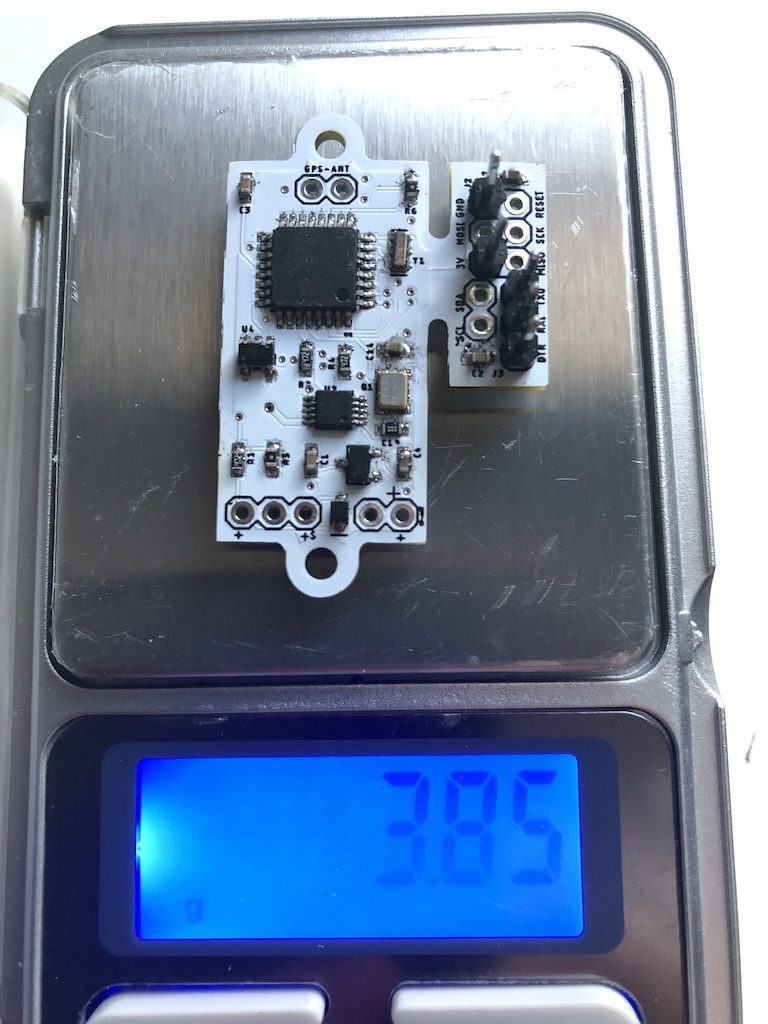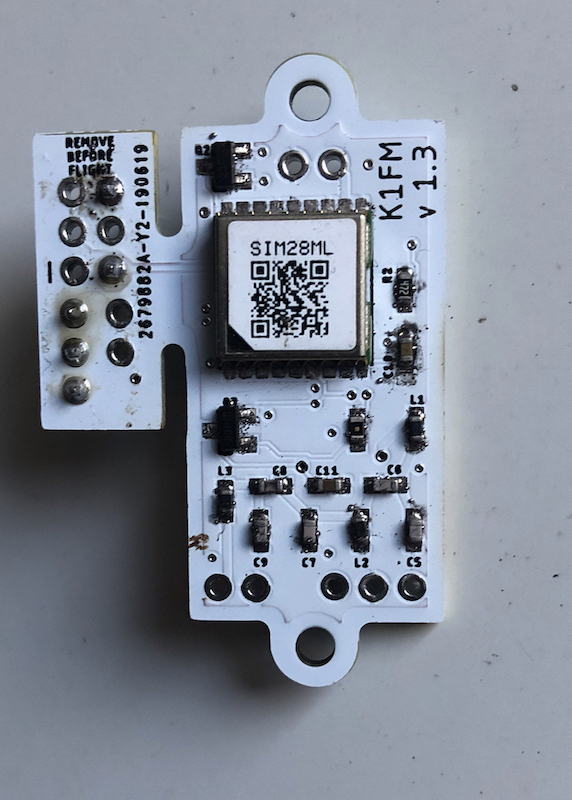Great progress with the Pico Balloon project!
The latest release (version 1.3) is 4 layers and weights around 3 grams when printed on a 1.6mm PCB (can further be reduced in the future). It also have some interesting new features: allows self-calibration, can measure its own power supply and has an onboard temperature sensor. Here it is:
Version 1.3 is definitely airworthy and can be used for an actual launch. Schematics and board layout are now available on GitHub: https://github.com/adecarolis/K1FM-Pico-Balloon
On the software side, I might use OrionWspr by Michael Babineau which now supports my board. As an alternative, a simpler version I am developing could also be deployed.
The part I am still wondering about is power. Contrary to my initial understanding, it is, after all, possible to avoid using batteries (or super-capacitors) and power the balloon by solar panels only. That would require somewhat larger panels (probably around 6 or 7 grams) that could generate enough current for the board to run under direct sunlight.
An alternative option is to use lighter panel s (1.5 grams or even less) that feed a power charger which in turn charges a 1.5 Farad (5 grams) super-capacitor. Finally, there is the possibility of using lighter panels which directly drive a capacitor without using any chargers. This raw method seems to be preferred by other balloonists but I still don’t have a solution for it.
We’ll see what happens on my next post.

